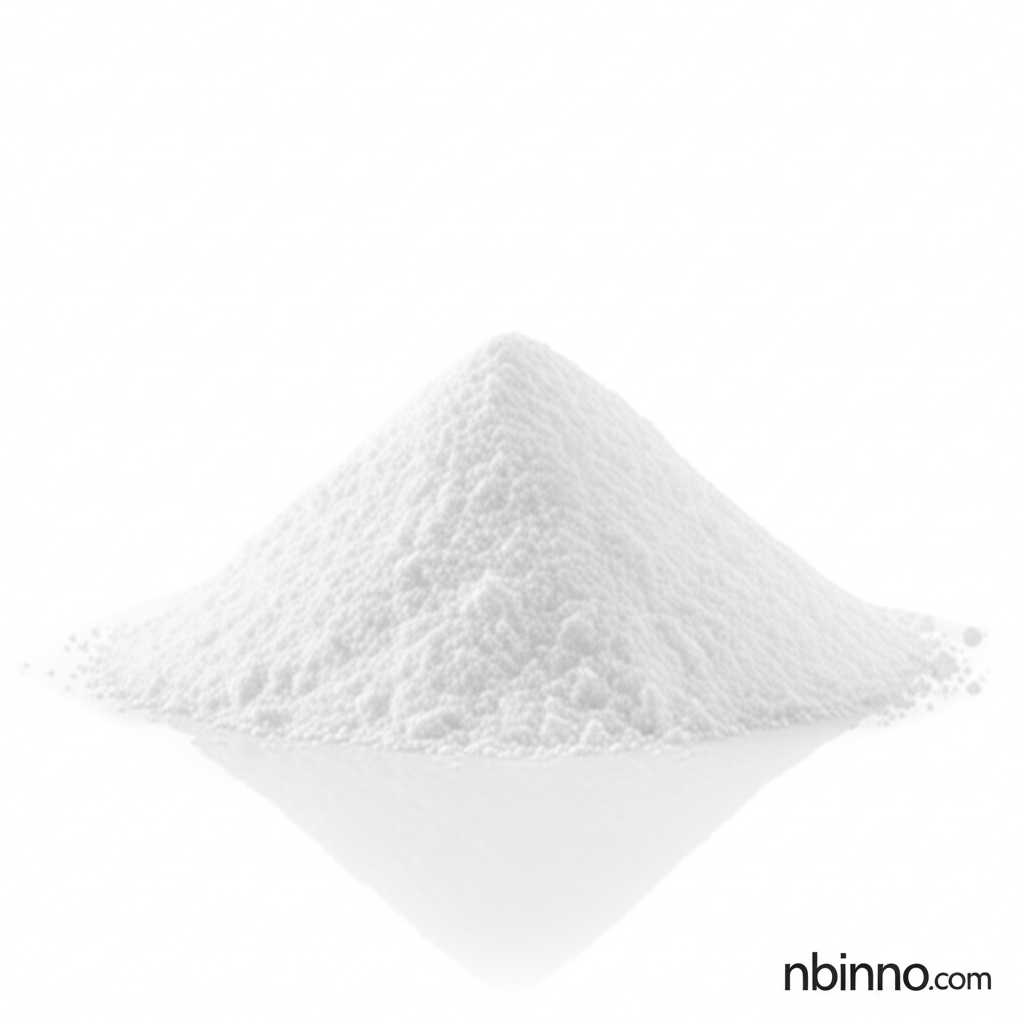N-Cyclohexylthiophthalimide (CTP): Enhancing Rubber Processing Safety and Stability
Unlock superior rubber processing with CTP, the advanced anti-scorching agent for improved safety and efficiency.
Get a Quote & SampleProduct Core Value

N-Cyclohexylthiophthalimide
N-Cyclohexylthiophthalimide (CTP), also known as PVI, is a high-performance rubber anti-scorching agent designed to significantly improve the safety and efficiency of rubber processing. It acts as a crucial vulcanization inhibitor, preventing premature vulcanization, commonly referred to as scorching, during the manufacturing stages. This ensures better control and a wider processing window, allowing manufacturers to operate at higher temperatures and speeds without compromising the integrity of the rubber compound.
- Prevent premature vulcanization (scorching) in rubber materials, which is essential for maintaining processing safety and product consistency.
- Improve processing safety, enabling operations like milling and extrusion at elevated temperatures and speeds, thus boosting overall factory output.
- Significantly enhance the storage stability of rubber materials, preventing natural vulcanization during storage and reducing waste.
- Offer a regenerative recovery effect for rubber materials that may have experienced high heat or slight scorching, aiding in material reclamation.
Benefits Derived from the Product
Enhanced Processing Safety
CTP effectively prevents early vulcanization, allowing rubber manufacturers to achieve improved processing safety. This means you can push your equipment to higher temperatures and speeds, contributing to a better production capacity when using CTP.
Improved Storage Stability
The ability of CTP to prevent natural vulcanization during storage is a key advantage. This feature helps maintain the quality and usability of rubber compounds over time, a crucial aspect for efficient inventory management and reduced material spoilage.
No Adverse Side Effects
Unlike some chemical additives, CTP is known for having no adverse side effects such as foaming or environmental pollution. This makes it a cleaner and more reliable choice for rubber formulations, aligning with modern manufacturing standards for product quality and environmental responsibility.
Key Applications
Natural Rubber Processing
CTP is widely utilized in the processing of natural rubber, offering enhanced safety and stability throughout the manufacturing cycle, especially when combined with specific accelerators like sulfonamide types.
Synthetic Rubber Manufacturing
For synthetic rubber types, including SBR, BR, and EPDM, CTP serves as an effective anti-scorching agent, improving processing efficiency and product quality in demanding applications.
High-Speed Processing
The agent facilitates higher processing speeds on equipment like extruders and calenders, directly contributing to increased production capacity and reduced manufacturing costs.
Storage of Rubber Compounds
CTP plays a vital role in ensuring the shelf-life of unvulcanized rubber compounds, preventing unwanted vulcanization and maintaining material integrity for later use.
